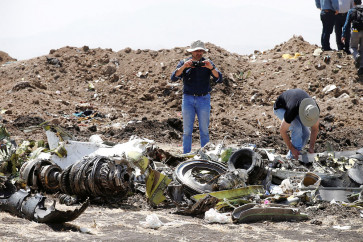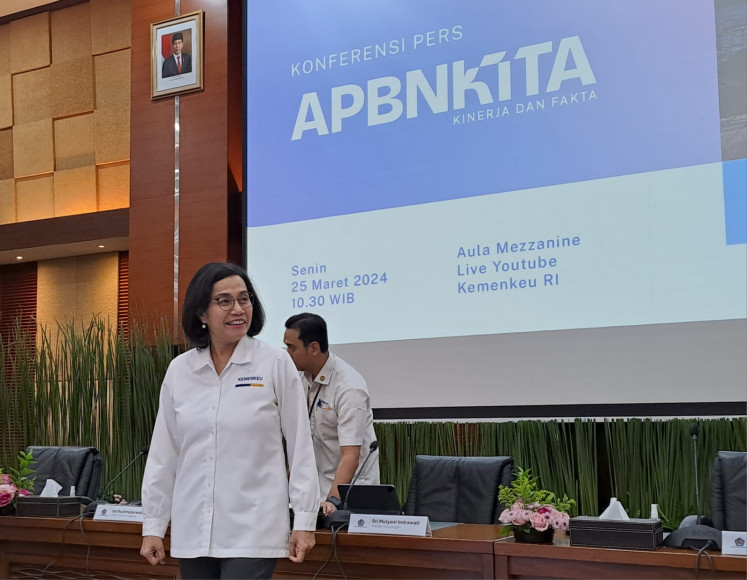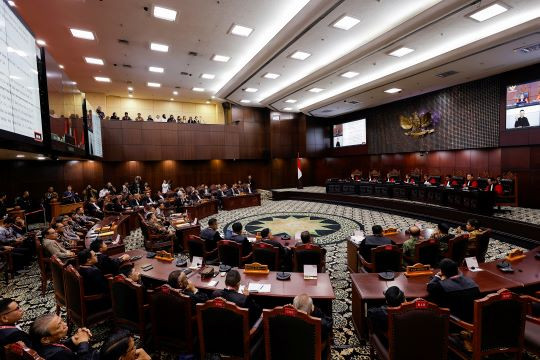Less paper, more tissue demand seen in future
It is not the end of the world for paper producers in this digital era, as more offices have gone “green” and print less, because demand for tissue paper is on the rise as an essential hygienic need of everyday life
Change Size

I
t is not the end of the world for paper producers in this digital era, as more offices have gone “green” and print less, because demand for tissue paper is on the rise as an essential hygienic need of everyday life.
In the digital age, activities that were done on paper have now increasingly been replaced by a tap on a smartphone or a click of a mouse. Electronic books have forced a number of publishers and book stores across the globe to close down. Many newspaper businesses have also gone out of business with the rise of online news outlets.
The tissue industry, however, is unaffected by such developments.
Paper producer giant Asia Pulp and Paper (APP) has seen lower growth for paper in the last few years but predicts significant growth in the demand for tissue paper.
APP global communications director Tan Ui Sian said the company, a subsidiary of local diversified conglomerate Sinar Mas Group, were looking to further expand tissue paper production.
Print paper remained its main business and accounts for most of the company’s production, he said, but the demand for tissues had significantly increased over the years.
“Demand for print paper will most likely shrink over the next few years because many offices have gone digital. APP is currently focusing on expanding its tissue business; our mill in OKI [Ogan Komering Ilir, South Sumatera] will largely focus on producing tissues,” Tan said during a recent visit to The Jakarta Post’s office.
Once up and running by the end of the year, the Rp 40 trillion (US$3 billion) mill is expected to be the largest of its kind in Asia, with a production capacity of 2 million metric tons per year, a quarter of which is reserved for tissues. The remainder would be reserved to produce other products such as paper and packaging, among others.
A 2014 market forecast by RISI, a paper industry intelligence service, predicts that tissue consumption in Indonesia would grow to 338,000 tons by 2018 and 423,000 tons by 2023 compared with the 24,000-ton consumption in 1993.
Indonesia’s pulp and paper industry has been under the international spotlight for some time as environmental activists have claimed that some of the country’s pulp and paper conglomerates were responsible for recent forest fires that affected not only Indonesia but also neighboring Singapore and Malaysia.
A number of Singapore’s retail chains have boycotted 16 APP brands, including a number of tissue brands, after some environmental groups claimed that the company was involved in the forest fires, which Tan referred to as scapegoating.
Indonesian Pulp and Paper Association (APKI) deputy chairman Rusli Tan acknowledged the declining demand for print paper in the digital age. European and American paper producers, he said, have stopped updating their machines in order to scale down production.
However, Rusli went on, the demand for tissue, had increased not only in Indonesia but across other countries in the continent because of changing lifestyle habits.
“For example, most public toilets these days provide tissues because it has become a necessity. Therefore, the tissue industry will grow at an extraordinary speed in the coming years,” Rusli said.









